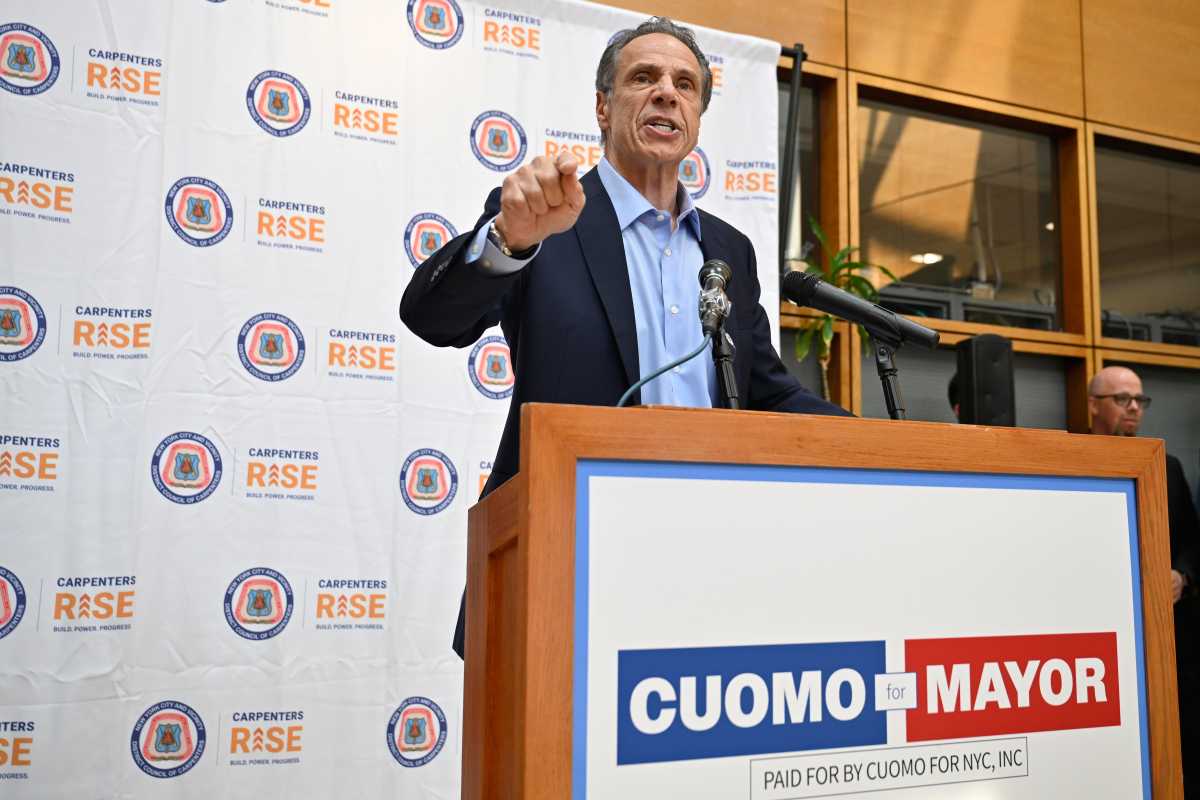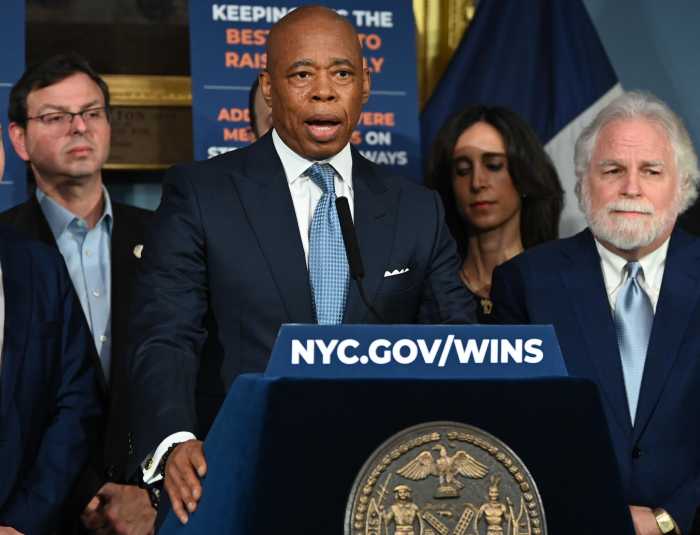By William Lewis
We have seen an open primary in Virginia where voters do not have to vote according to political party affiliation. They can vote in either the Republican or Democratic primary for the candidate of their choice.
Several Western states have similar open primaries. Here in New York state, voters register according to the political party of their choice and can only vote in that party primary.
This, of course, means that in New York registered Republicans can only vote in Republican primaries, and registered Democrats can only vote in Democratic primaries.
In New York state for statewide office and state legislative positions, open primaries have not been used. By having open primaries, it defeats the purpose of having political parties and brings into focus the concept of one primary or two open primaries, where party affiliation becomes lost in choosing candidates to run in the fall general election for public office.
We need political parties because they provide the means for fund-raising and petition-raising and people to work for candidates during election campaigns.
Political parties provide positions on the issues voters can identify with and support. Choosing candidates in party primaries is a serious matter.
In the recent Virginia open primary, we saw U.S. Rep. and House Majority Leader Eric Cantor (R-Virginia) lose this campaign, in which Republican and Democrats voted in if they chose to.
Years ago in presidential open primaries in a few western states, some voters cast their ballots in the opposition primary in the hope of choosing as a candidate the least qualified candidate, therefore improving the chances of their own party candidate being successful in the fall election.
This type of situation does not seem to be in the best interest of our democratic system of electing candidates to public office.
Hopefully, as a result of this recent congressional Virginia primary and other similar open primaries, some states with open primaries will take a look at changing their voting to party primaries.
Regarding the recent Virginia primary, it was an unusual election by any standards, considering only a few weeks before the election a prominent poll showed Cantor with a 34-point lead over his little-known opponent, college professor David Brat.
When the final election count came in on election night June 10, Brat had won by a margin of 56-44. There have been few elections for Congress with such a wide change in voter count over such a short period of time.
If Cantor’s position in favor of most immigration reform was one of the main reasons for his defeat, then it will affect this issue in Congress in the future.
This year, we have two petition drives and two primary elections in June and September.
During the next legislative session, January to June 2015, our state Legislature will have an opportunity to make changes in our state election laws so we have one primary in June for all elective offices.
Elections for Congress will definitely remain in June. By having one primary, it will save the Board of Elections money at the city and state levels and it would be better for voters to have one primary election rather than two elections, in addition to the fall general election.
By having one primary, it would be better for the people circulating designating petitions: They would have only one petition drive.
A series of congressional primaries in both political parties in New York City and the surrounding area will give us an up-to-date insight into voter concerns.



































